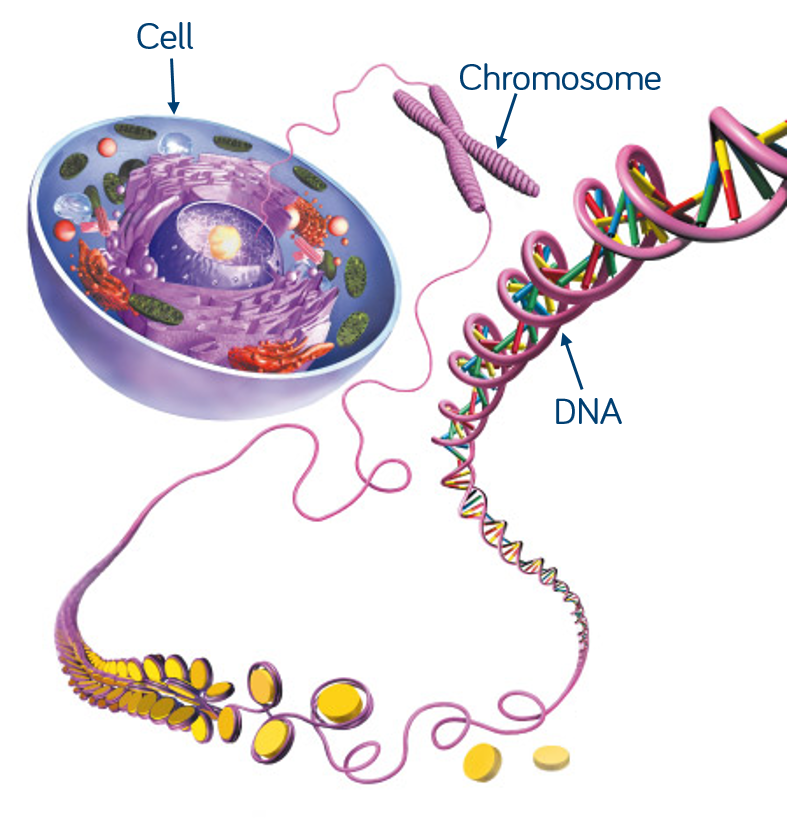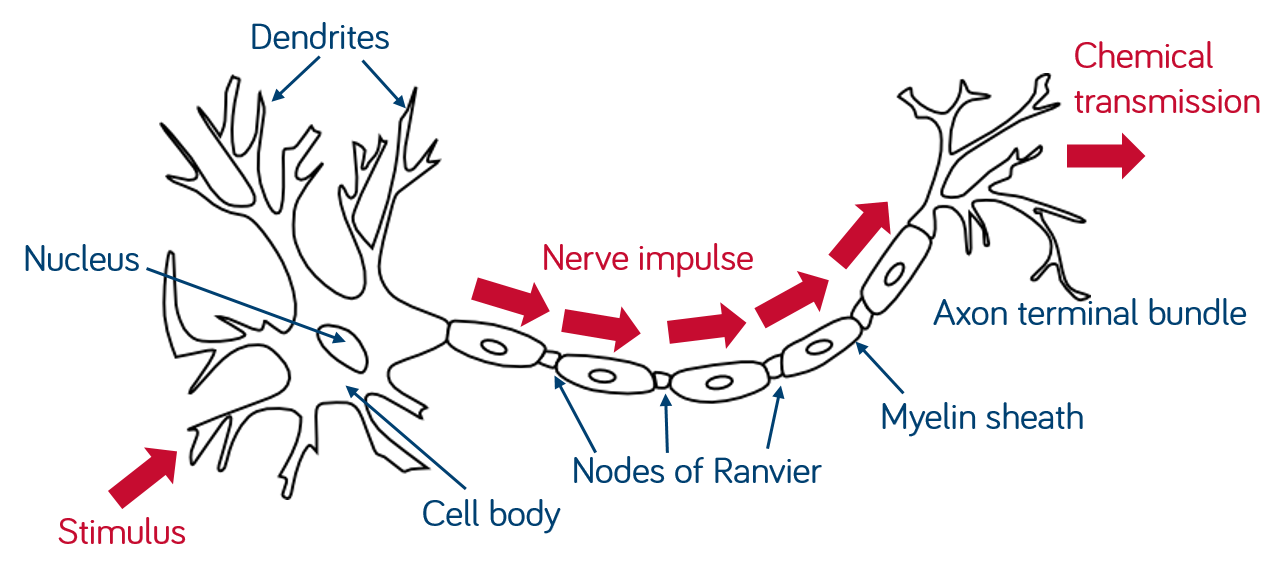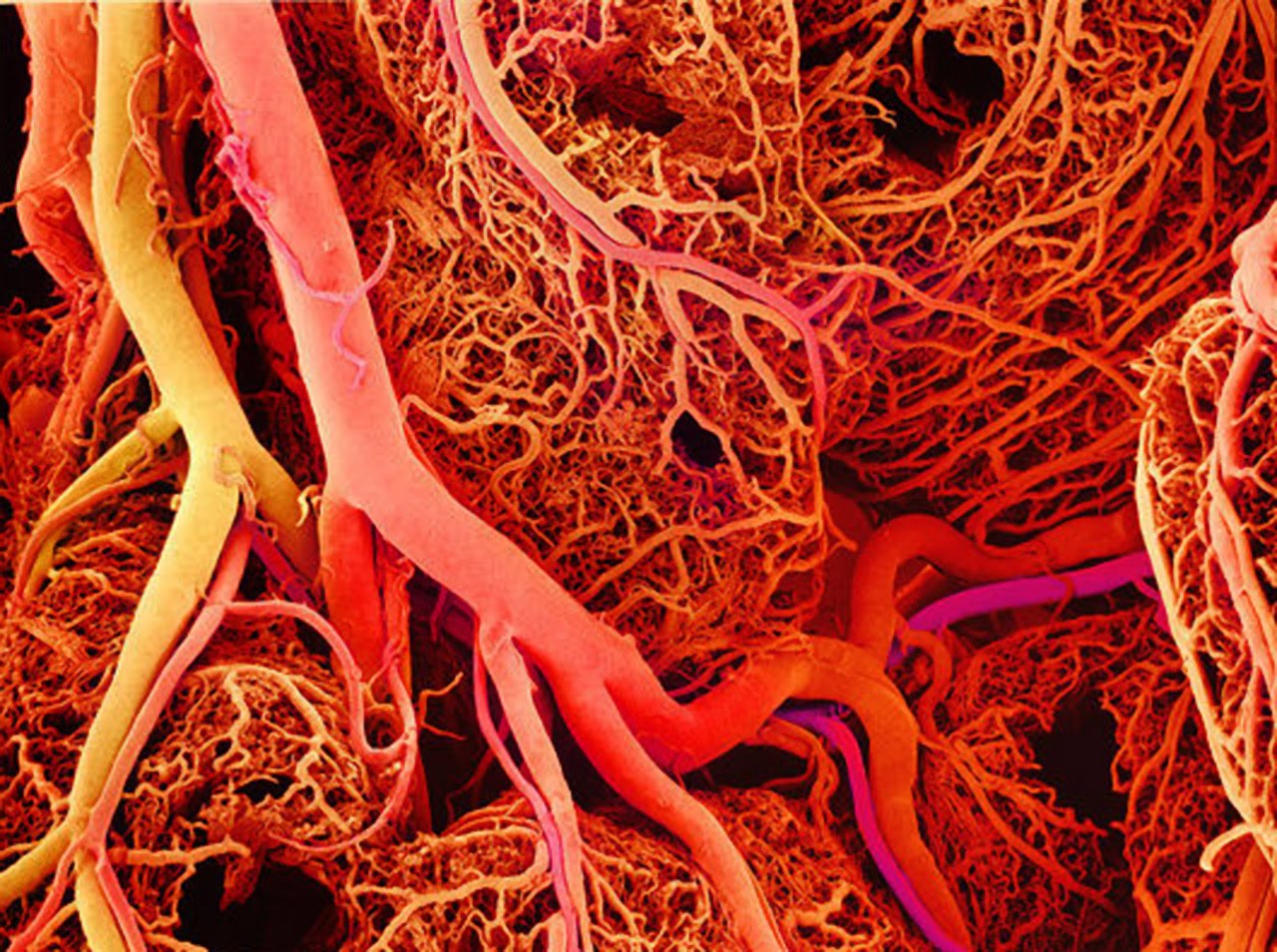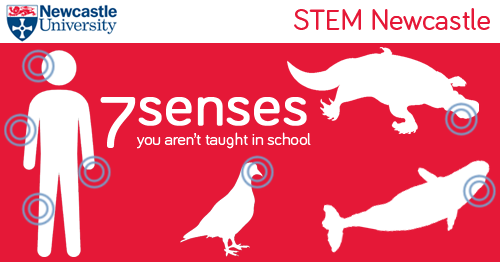You take it everywhere you go, but I bet that there are a few facts about your body that you didn’t know!
1. There is enough DNA in the human body to stretch from the Sun to Pluto and back – 17 times!
There are about 37 trillion cells in the human body, all of them containing about 5cm of of DNA (when uncoiled). DNA is made up of lots of different nucleotide pairs that can decide some of our features such as eye and hair colour.
2. The average human body contains ten times more bacterial cells than human cells.
However bacteria are much smaller so don’t take up that much space. Lots of these bacterial cells are important, such as intestinal bacteria that help keep our immune systems healthy.
3. Except for identical twins, each person on Earth has a unique smell.
Just how we each have individual finger prints we all have our own smell. This is determined by your genes, and can be used by other animals to identify individuals.
4. An individual blood cell takes about 60 seconds to make a complete circuit of the body.
The average heart pumps about 70ml of blood out with each beat and a healthy heart beats around 70 times a minute.
5. By the time you go to bed at night you are about 1 cm shorter than when you woke up that morning.
This is because the cartilage between your bones is compressed throughout the day.
6. Nerve impulses to and from the brain can travel as fast as 250 miles per hour.
A nerve impulse is an electrical signal that sends messages to the brain when the nerve is triggered by a stimulus. It is really important that they travel fast, for example, if you burn your finger it’s important that your brain gets the message to stop touching it quickly.
7. There are as many hairs per square inch on your body as a chimpanzee.
Humans are not quite the naked apes that we’re made out to be. We have lots of hair, but on most of us it’s not obvious as a majority of the hairs are too fine or light to be seen.
8. The human body is estimated to have 60,000 miles of blood vessels.
To put that in perspective, the distance around the earth is about 25,000 miles, so your blood vessels could travel more than two times around the Earth if laid out.
9. Babies are always born with blue eyes.
The colour of your eyes depends on the genes you get from your parents, but at birth most babies appear to have blue eyes. The reason behind this is the pigment melanin. The melanin in a newborn’s eyes often needs time after birth to be fully deposited or to be darkened by exposure to ultraviolet light, later revealing the baby’s true eye colour.
10. Every day an adult body produces 300 billion new cells.
Your body not only needs energy to keep your organs up and running but also to constantly repair and build new cells to form the building blocks of your body itself.







